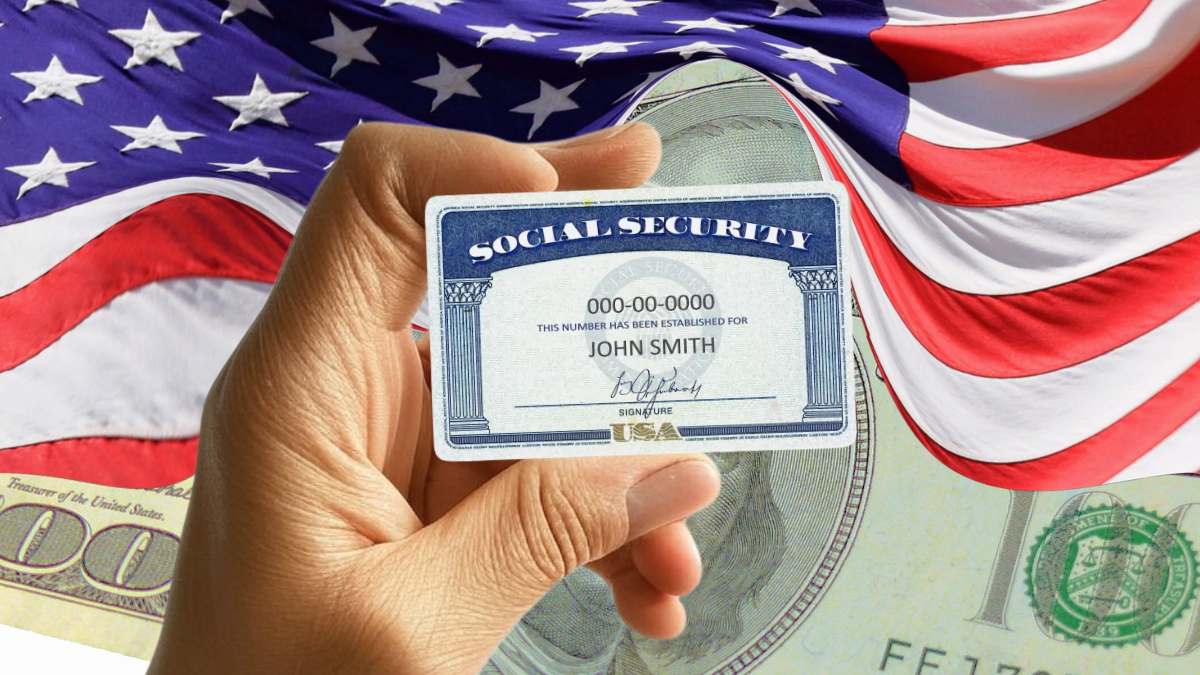The Social Security Administration (SSA) confirmed the remaining payment dates for May 2025. According to the official calendar, beneficiaries will receive their funds based on their date of birth. The designated days are May 21, 28, and 30. May 30 includes an SSI advance payment for the June 1 weekend.
Social Security payments for those born between the 11th and 20th of any month will be distributed on May 21. Those whose birthdays are between the 21st and 31st will receive their funds on May 28. These dates apply to beneficiaries who do not receive SSI or received payments before 1997.
Social Security beneficiaries ask: Why is there an “extra” payment in May?
May 30th is reserved for the advance SSI payment for June. This measure is due to the fact that June 1st falls on a Sunday, according to SSA regulations. This adjustment prevents delays in deposits, ensuring that beneficiaries access their funds on business days.
For SSI, the maximum federal payment will be $967 for individuals and $1,450 for couples. The estimated average, considering adjustments and demographic characteristics, is $715 per month. These amounts do not include potential state supplements, which vary by jurisdiction.
Legislative changes regarding Social Security benefits
The Congressional Budget Office (CBO) proposed replacing current Social Security benefits with flat payments of $1,660 for individuals and $2,250 for couples filing jointly. The measure, the CBO asserts, seeks to stabilize the program’s finances, although it would reduce recipients’ incomes by up to 75%.
This is not welcomed by Democratic lawmakers, who claim to be looking out for the interests of Americans who depend on Social Security payments to cover living expenses like food, medicine, and housing.
A separate legislative initiative proposes a $4,000 tax deduction for those 65 and older between 2025 and 2028. The bill’s fiscal impact, particularly on Social Security income, is still under debate. Critics point out that it could benefit high-income taxpayers.
Possible cuts for indebted retirement beneficiaries
Additionally, beneficiaries with delinquent student loans will face payment cuts of up to 15%, with a guaranteed minimum of $750 per month. The rule, which will apply in June 2025, seeks to recover debts, but has raised concerns about its impact on vulnerable older adults.
These clawbacks had been halted by Joe Biden during the coronavirus pandemic, but with the arrival of Donald Trump, and his human “chainsaw,” Elon Musk, came the cuts and the quest to recover hundreds of millions of dollars in student debt.
Part of the cuts ordered by Musk impact that the SSA will reduce approximately 7,000 jobs (12% of its workforce) by 2025, according to NPR reports. Offices in states like Wisconsin have lost up to 58% of their staff, increasing call wait times to 1.5 hours and affecting 69 million beneficiaries.




